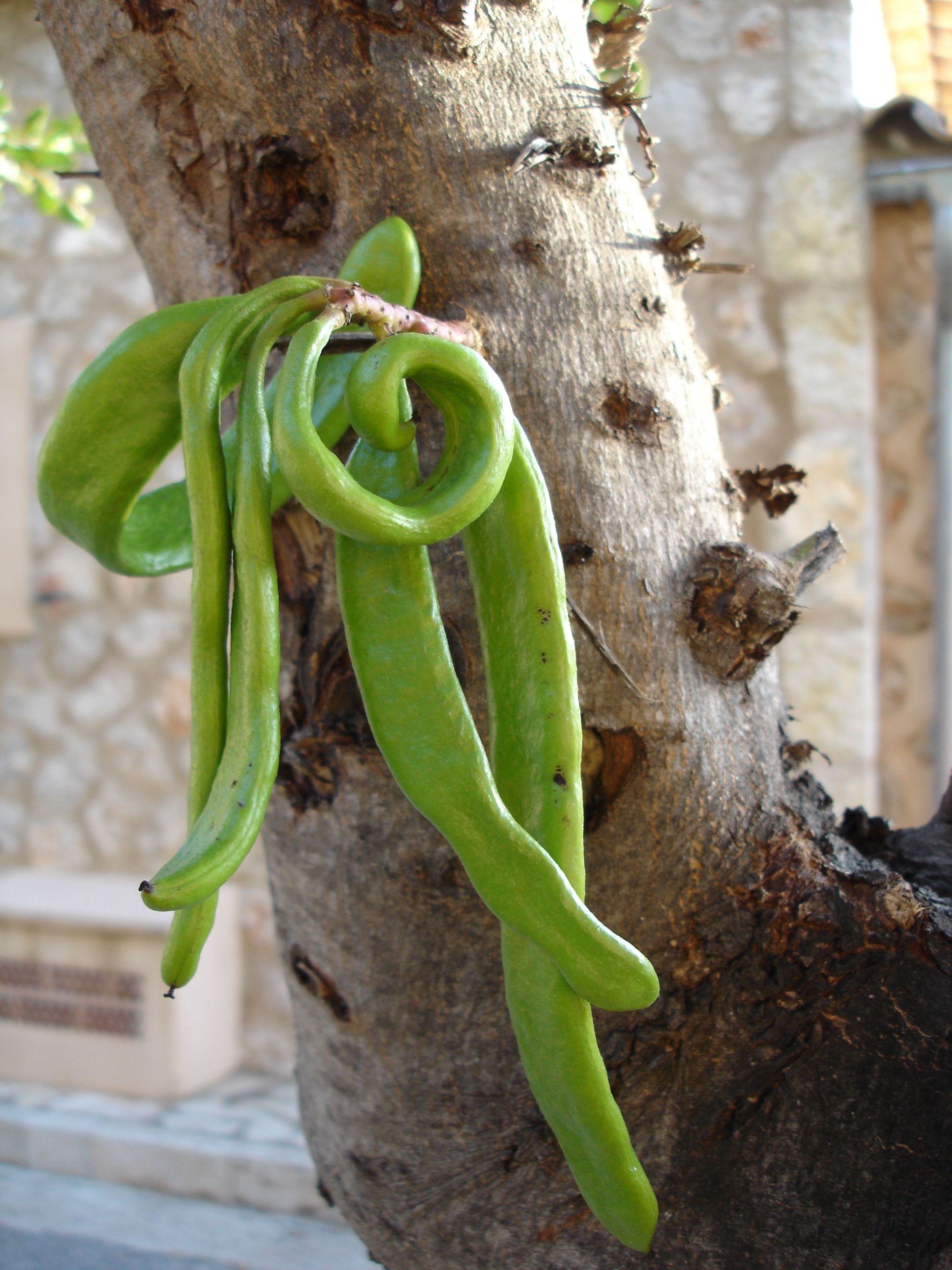
The Carob Tree PlantEcol
The carob tree, Ceratonia siliqua L, is a characteristic constituent of the evergreen, "maquis" and "garigue" vegetation type in low-altitude areas in the Mediterranean Basin. All over these territories, this dioecious and thermophilous tree has been extensively cultivated for its pods. These trees are used for both human consumption and as a sugar-rich animal feed.
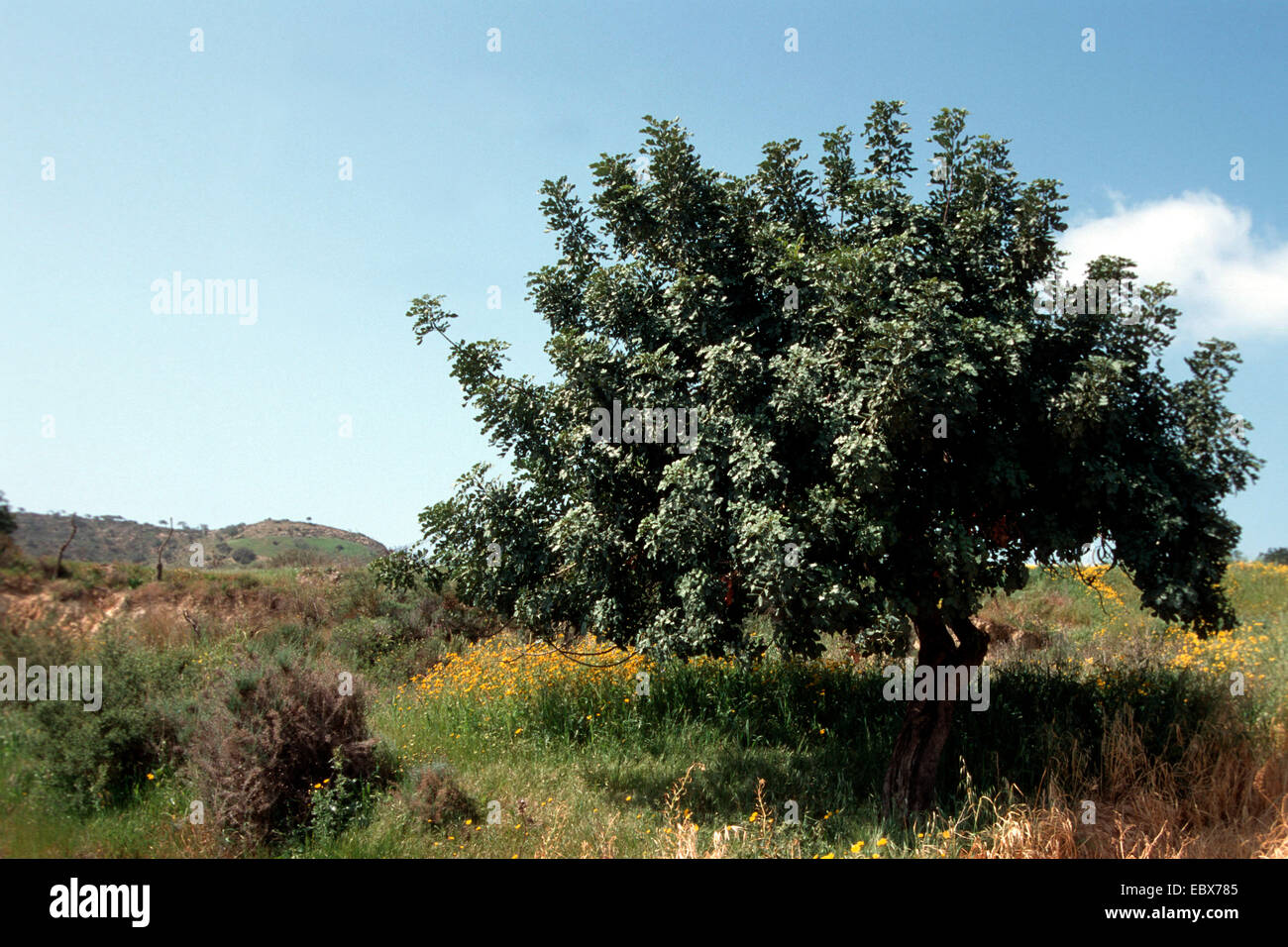
carob, carob bean, St. John's bread (Ceratonia siliqua), single tree, Spain Stock Photo Alamy
The carob tree, Ceratonia siliqua L, is a characteristic constituent of the evergreen, "maquis" and "garigue" vegetation type in low-altitude areas in the Mediterranean Basin. All over these territories, this dioecious and thermophilous tree has been extensively cultivated for its pods. These trees are used for both human consumption and as a sugar-rich animal feed.

Carob Trees in a Field on the Island of Mallorca Stock Image Image of green, environment
Southern Spain was one of the most relevant areas in the European Afforestation Scheme (1993-2008), and forest plantations of carob trees covered more than 5000 ha, mostly on low-quality agricultural land. This paper presents an individual tree-based approach for estimating C stock in carob trees.
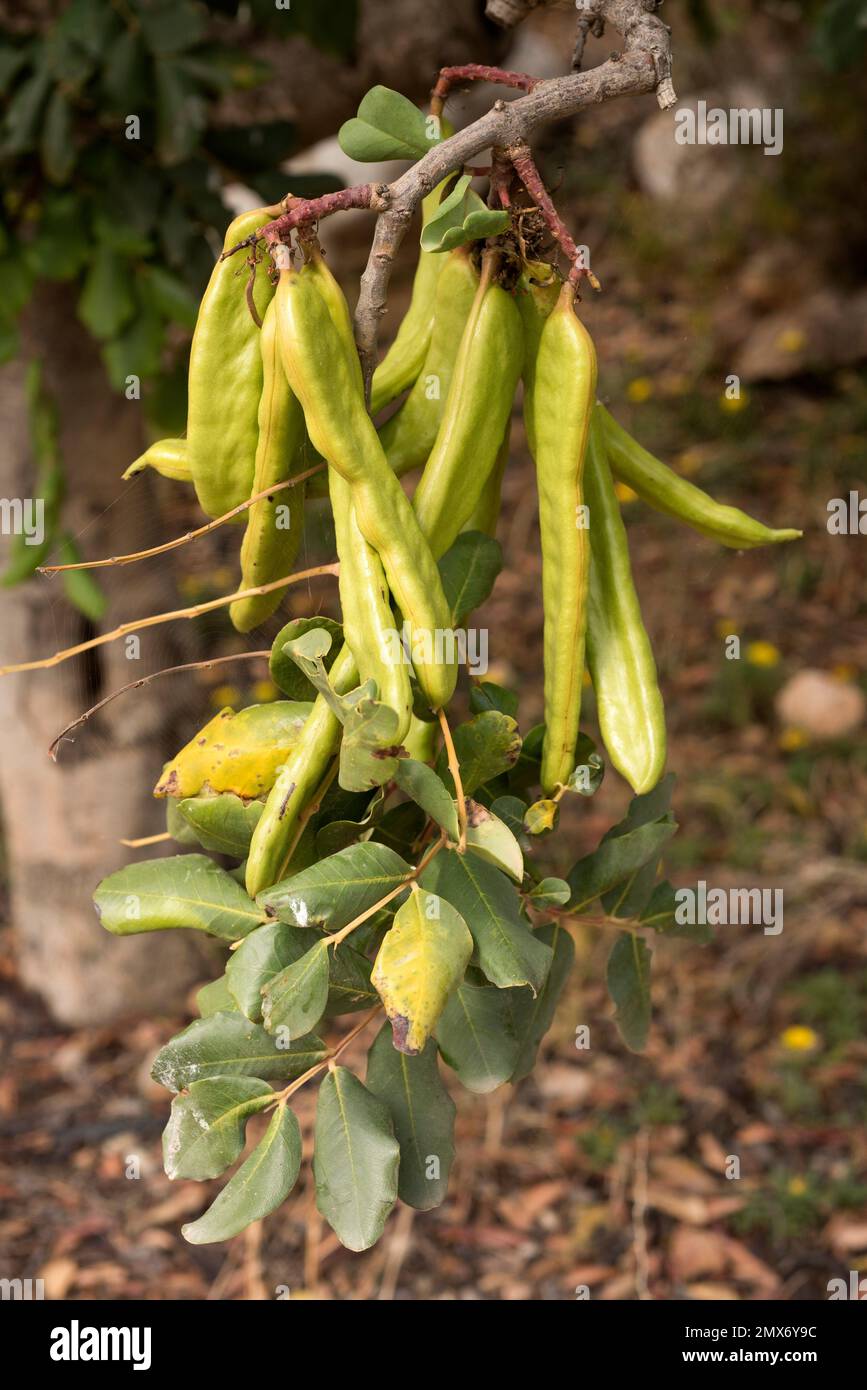
Carob tree ceratonia siliqua hires stock photography and images Alamy
The carob is a flowering evergreen tree or shrub in the Caesalpinioideae sub-family of the legume family, Fabaceae. It is widely cultivated for its edible fruit pods, and as an ornamental tree in gardens and landscapes. The carob tree is native to the Mediterranean region and the Middle East. Portugal is the largest producer of carob, followed by Italy and Morocco.
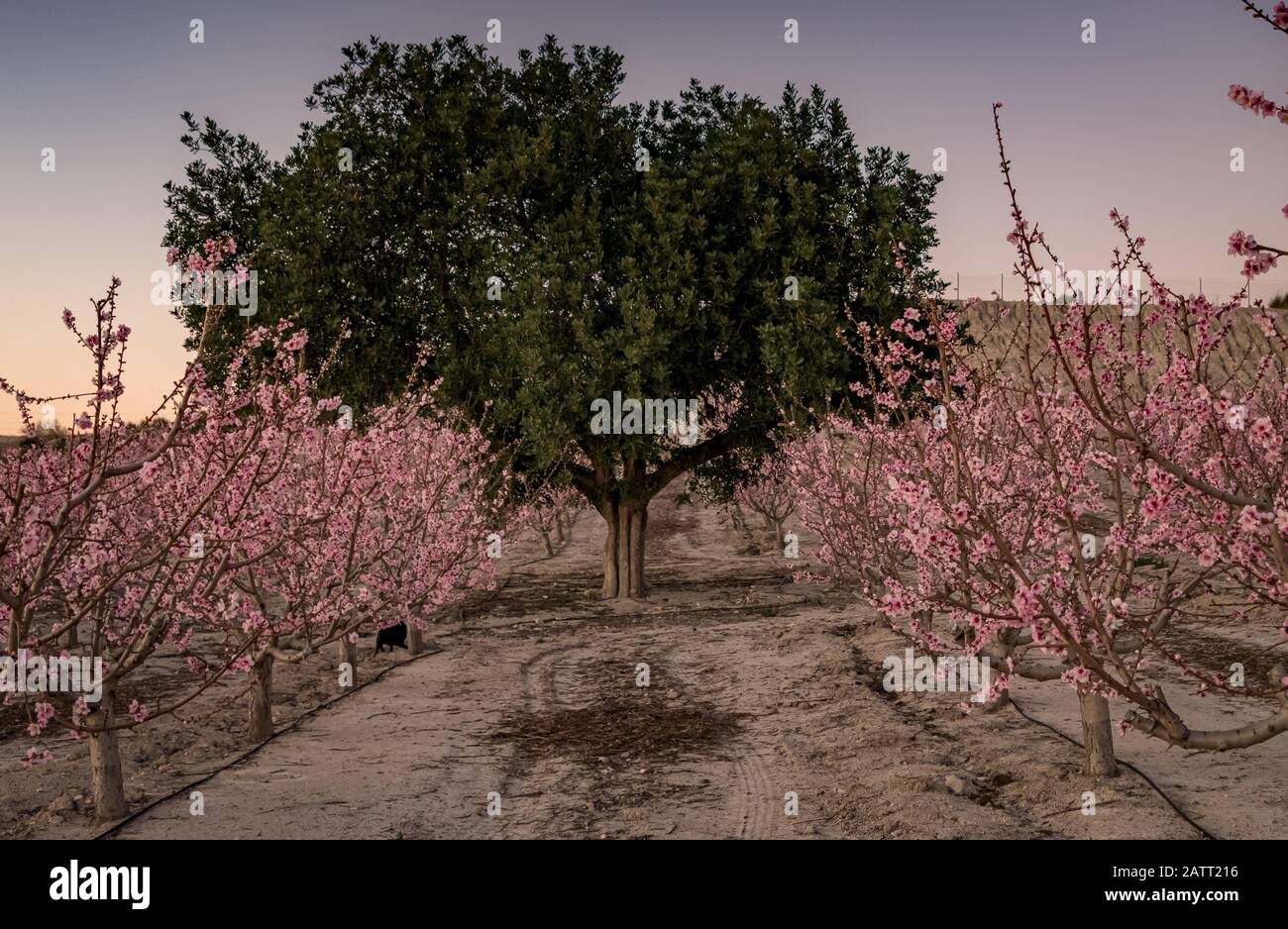
Carob tree in the middle of blooming peaches. Murcia. Spain Stock Photo Alamy
This paper offers a different framework for managing Mediterranean drought carob-tree orchard ecosystems. Two dry-farming systems were compared during two consecutive years: pure productive orchards and mixed orchards in a total of 360 mature trees distributed by 18 plots with areas of 0.55 and 0.30 ha per plot, respectively. Carob, fig, almond and olive trees compose mixed orchards. Trees of.
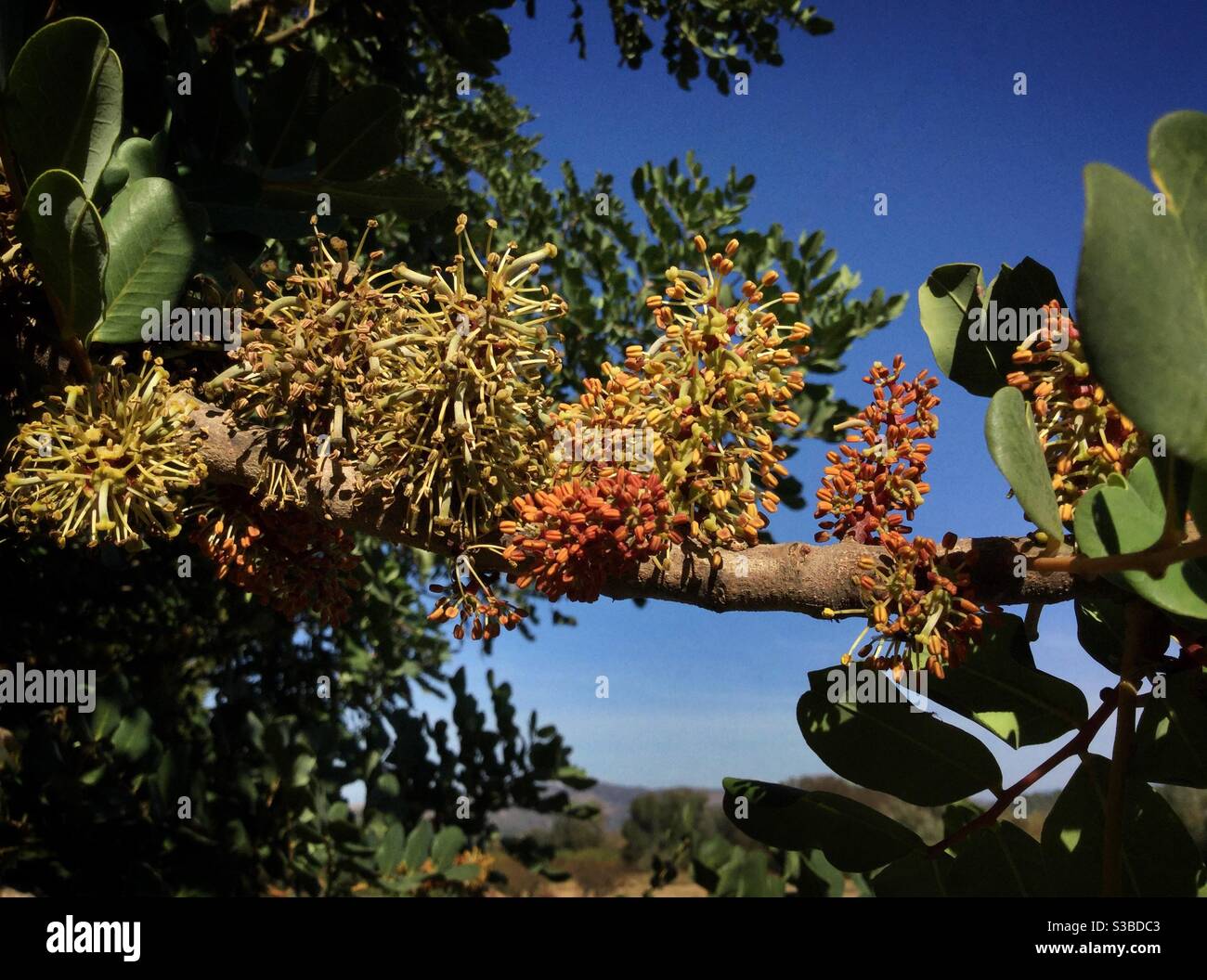
Flowers of the carob tree hires stock photography and images Alamy
Spain is home to the second largest area of cultivated carob trees in the Mediterranean. The new plant located in Marratxí, Mallorca, was opened in 1996, to adapt to the increasing demands of quality and competitiveness required for the food-grade locust bean gum.
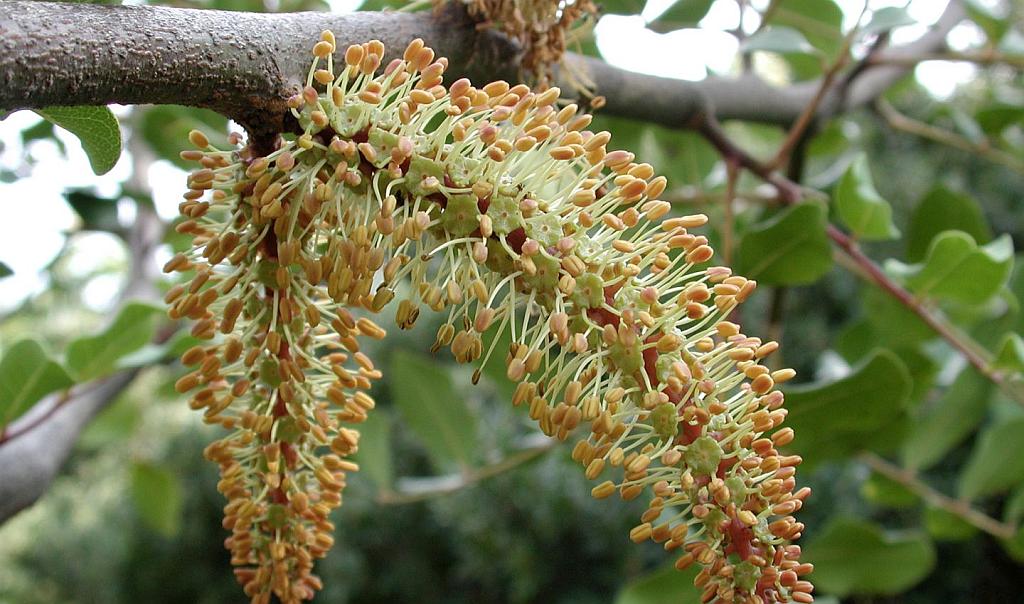
Carob Tree Ceratonia siliqua Algarrobo Wildside Holidays Walking and Wildlife Holidays
Carobs being sold in a market. What Is Carob? Carob tree (Ceratonia siliqua) is a species of a flowering evergreen shrub popular for its sweet edible pods and also as an ornamental plant in a garden. Although the Carob tree is used widely in agriculture, it is native to the Mediterranean regions.

Carob tree, Mallorca
The carob ( / ˈkɛrəb / KERR-əb; Ceratonia siliqua) is a flowering evergreen tree or shrub in the Caesalpinioideae sub-family of the legume family, Fabaceae. It is widely cultivated for its edible fruit pods, and as an ornamental tree in gardens and landscapes. The carob tree is native to the Mediterranean region and the Middle East. [1]
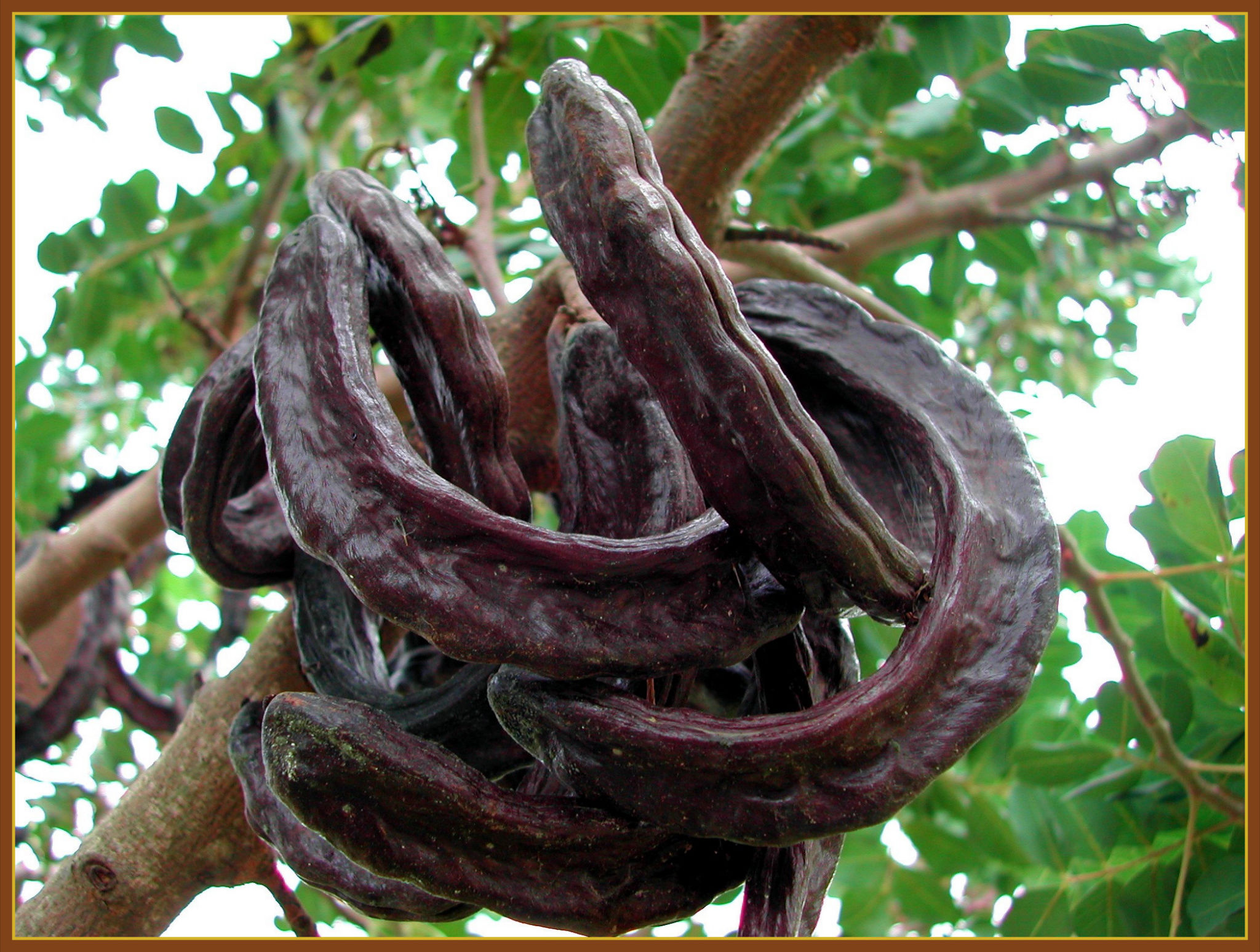
CARRUBO / CAROB TREE / CAROUBIER Catalogo Margheriti
Description Carob tree The carob tree grows up to 15 m (49 ft) tall. The crown (the upper part of tree) is broad and semispherical, supported by a thick trunk with brown rough bark and solid and firm branches. Leaves are 10 to 20 cm (3.9 to 7.9 in) long, alternate and compound.
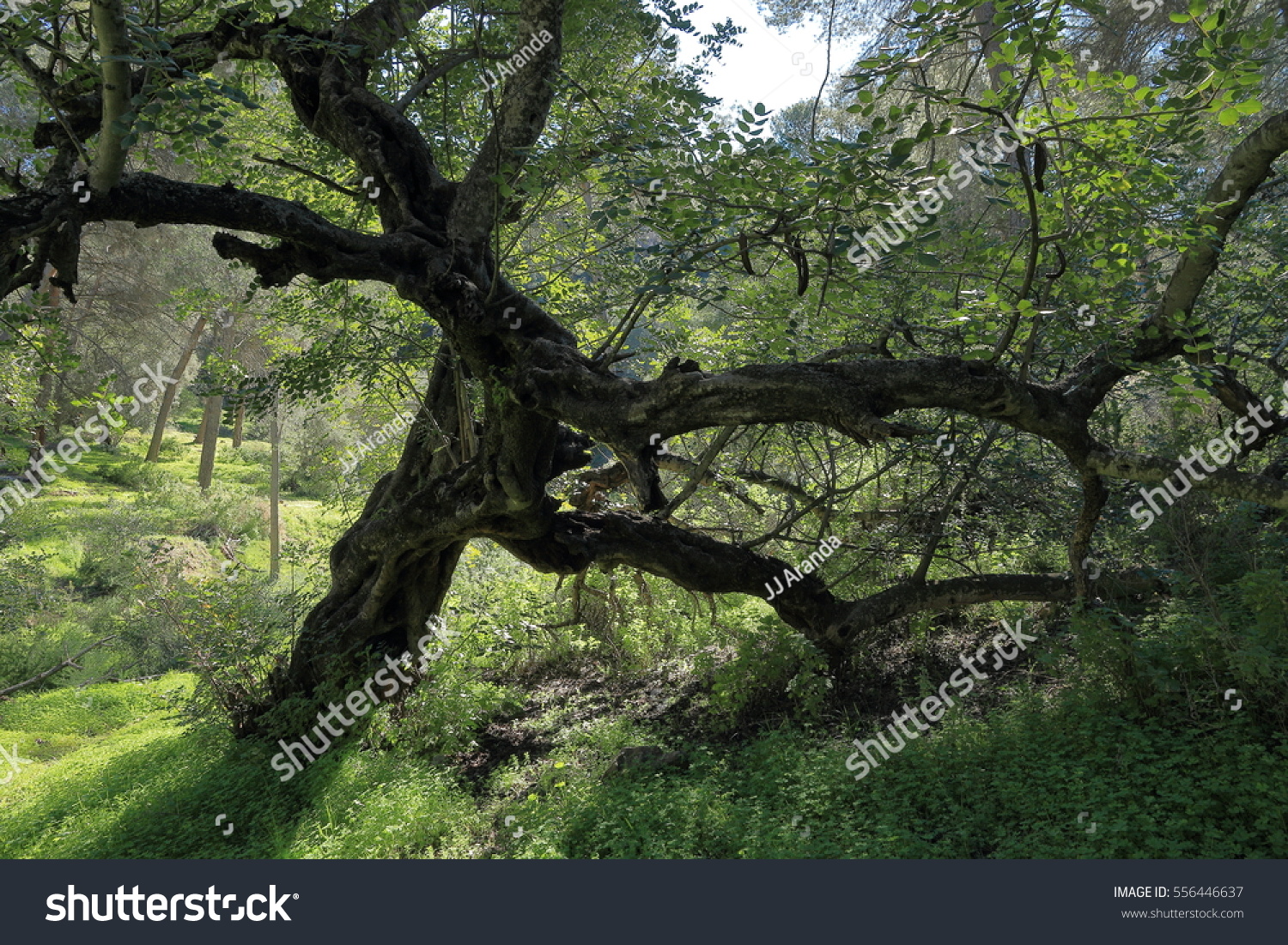
Carob Tree Spanish Forest Stock Photo 556446637 Shutterstock
The Carob Tree - Ceratonia siliqua - Algarrobo is a long lived tree which grows to a height of around 12 to 15 metres and extends to a wide canopy. It is native to the Eastern Mediterranean area where it thrives in arid conditions but is also cultivated commercially in warm climates as the pods have an important economic value that has been.

Carob Trees in a Field on the Island of Mallorca Stock Photo Image of agriculture, mallorca
The carob tree is one of the best known trees in Spain. Carobs are traded for gastronomic purposes and are in good demand. The cultivation of the carob tree is not too complicated, but it requires some fundamental aspects so that the fruits have the maximum yield. plant a carob tree It is a simple task and we will explain it here.
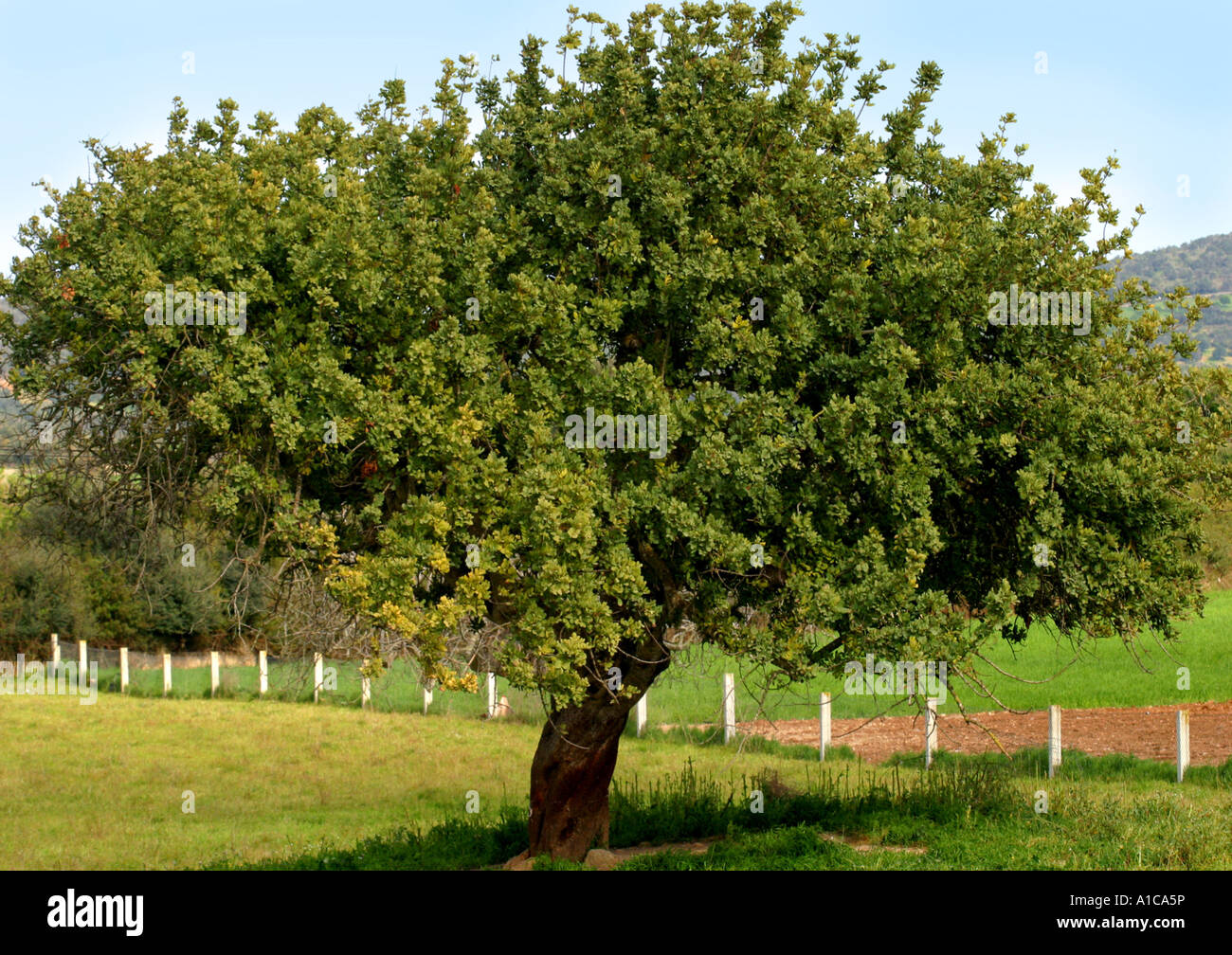
carob bean, St. John's bread (Ceratonia siliqua), single tree, Spain, Majorca Stock Photo Alamy
3 min read 2-Minute Read Learn How to Grow Carob Tree for its chocolate substitute edible pods or as an ornamental plant! Here are all the details! Table of contents Growing Carob Tree is easy in warm climates as it is native to the Mediterranean regions and belongs to the legume family.

Carob Tree Ceratonia Siliqua Stock Photo 43305796 Shutterstock
The carob tree, which is a member of the Fabaceae family, is an agrosilvopastoral tree whose pre-Mediterranean tropical origin appears well established on the basis of genetic, fossil and.

Carob Trees in a Field on the Island of Mallorca Stock Image Image of beautiful, farm 204945565
We would like to show you a description here but the site won't allow us.
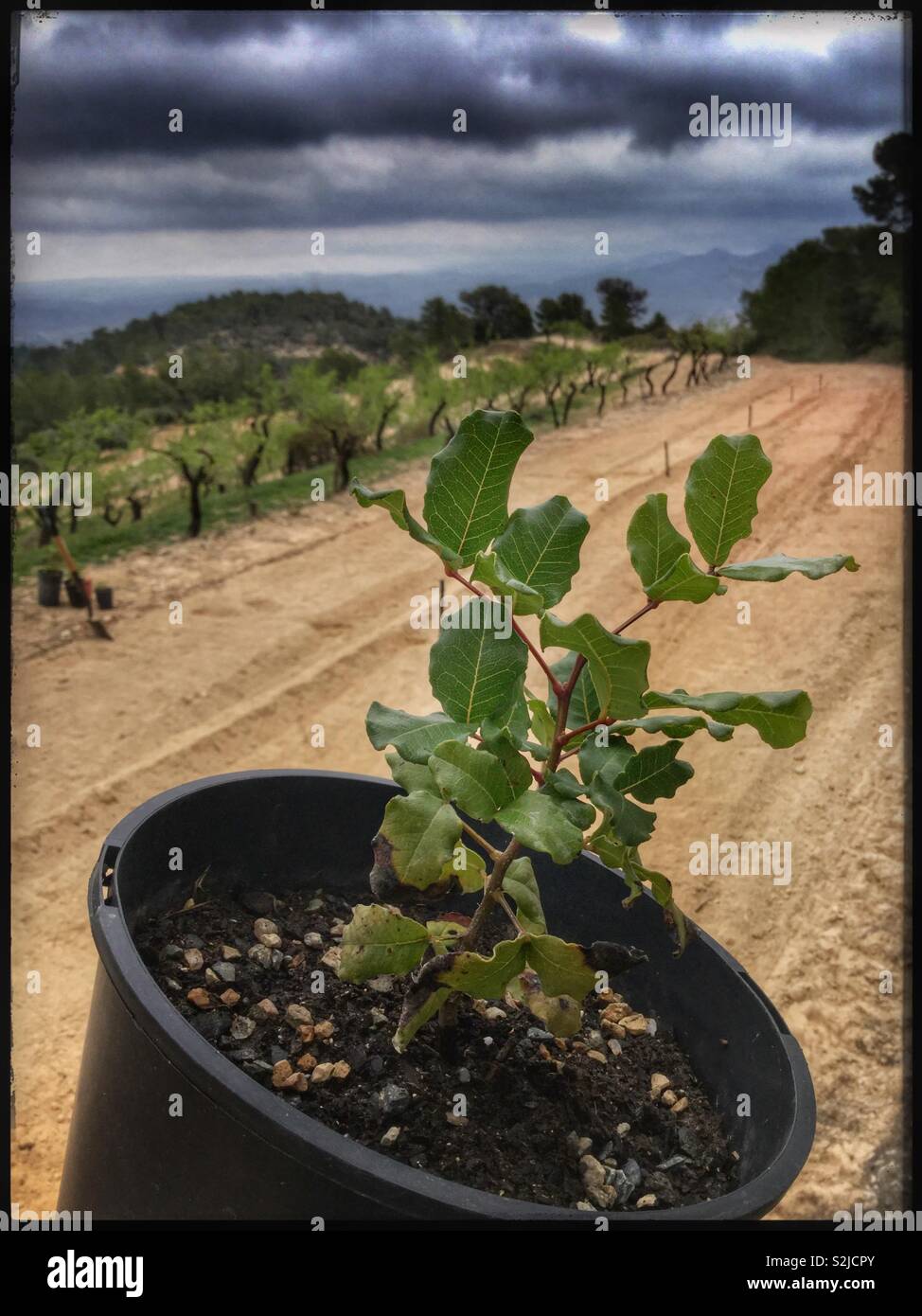
Planting Carob trees (Ceratonia siliqua), Catalonia, Spain Stock Photo Alamy
Plant type Tree Native region North Africa/Middle East, Mediterranean Main producer (s) Spain Main Economic Use Food industry Native to the Mediterranean region, particularly the Middle East, carob has been used as both a culinary ingredient and a medicinal herb for millennia.
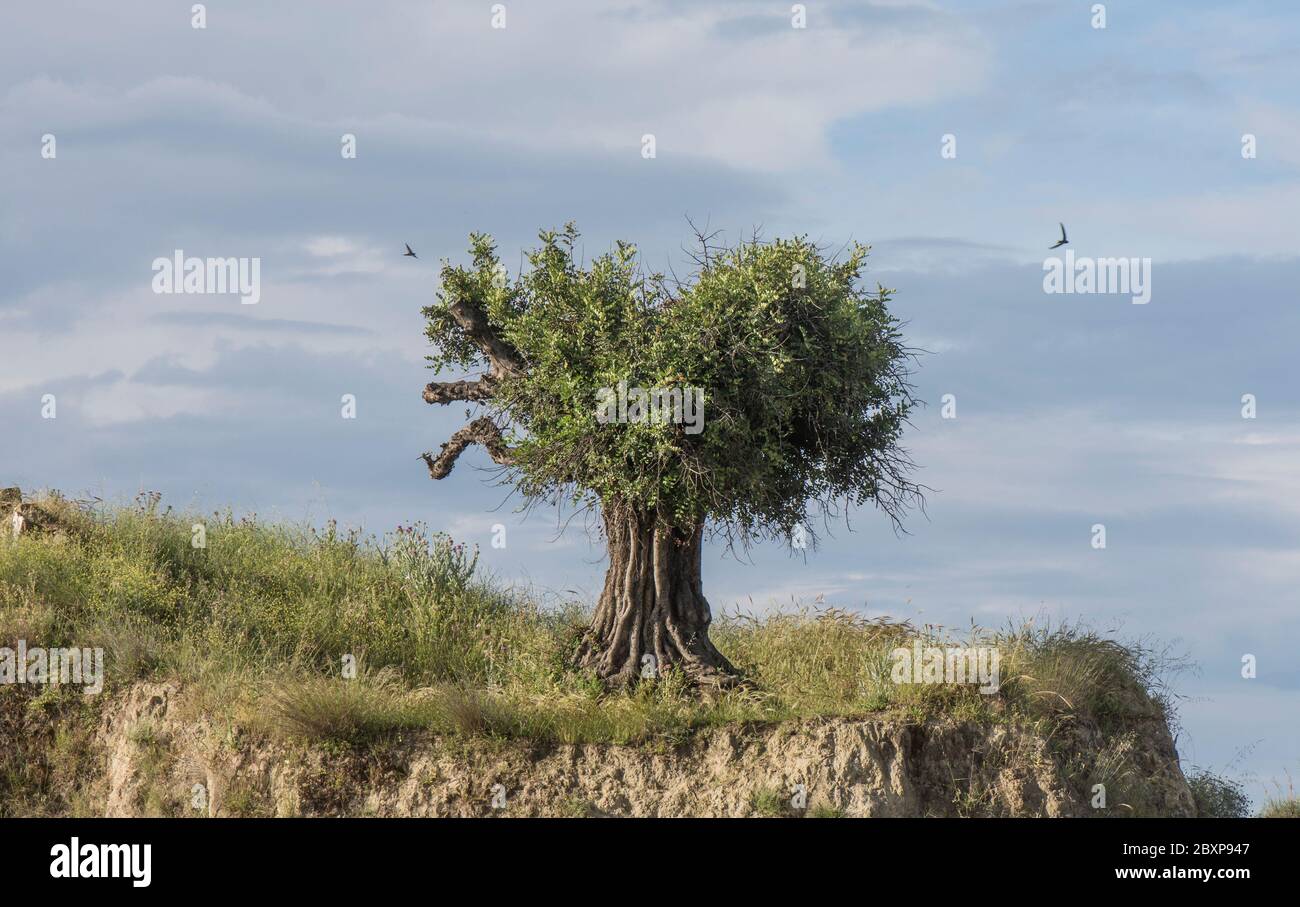
Carobs trees hires stock photography and images Alamy
The carob tree is a typical tree of Mediterranean Spain. It is common to find them in open fields, but also in many traditional orchards. The farmer has found very important uses for it, and we as gardeners can also enjoy it, the dense shade provided by its branches and its decorative value that only increases as it ages.